Why You Should Embed Social Media Feeds on Your Website
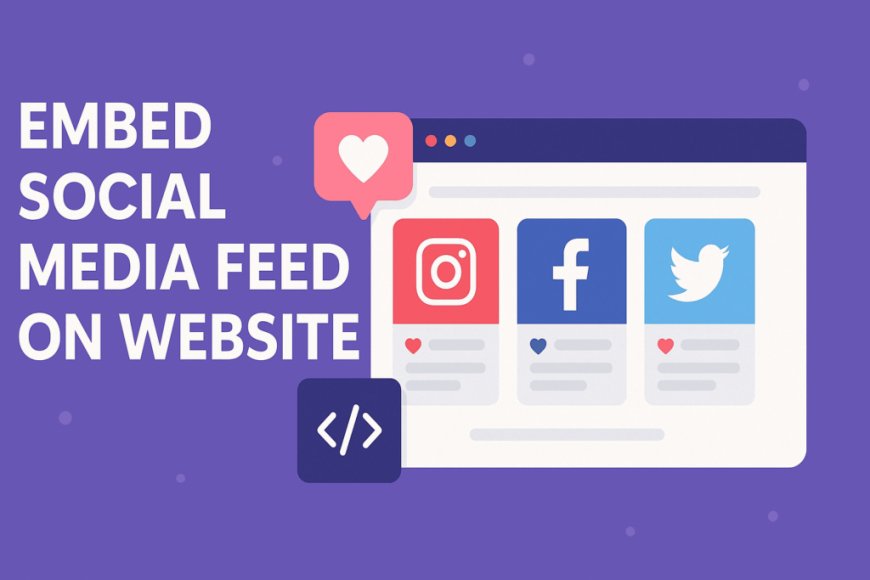
In today's digital-first world, your website isn’t just an online brochure—it’s the heart of your brand identity. To build stronger relationships with your visitors and offer dynamic, real-time content, it’s time to embed social media feeds on websites. Doing this goes beyond simply showcasing your latest posts. It brings fresh content, builds trust, boosts engagement, and even helps with conversions.
Let’s explore why embedding social feeds is more important than ever—and how it can change the way visitors engage with your site.
What Does It Mean to Embed Social Media Feeds on Websites?
Before diving into the benefits, let’s clarify what it means to embed social media feeds on websites.
Embedding social media feeds involves integrating real-time or updated content from platforms like Instagram, Facebook, Twitter, or LinkedIn directly onto your website. These feeds display your posts, hashtags, mentions, or even user-generated content in a seamless and visually appealing format.
Rather than manually updating your website, the embedded feed automatically updates every time you post on your connected social media account. This means less work and more fresh content.
1. Makes Your Website More Engaging
One of the most powerful reasons to embed social media feeds on websites is increased user engagement.
People love scrolling through visual, interactive content. When visitors land on your website and see a vibrant Instagram gallery or your latest tweets, they tend to stay longer. This dynamic content is more captivating than static text blocks.
Imagine a visitor checking out your homepage. Instead of a plain design, they see real-time photos from your latest event or customer shout-outs—this immediately builds interest and connection.
Benefits:
-
Boosts average time on page
-
Reduces bounce rates
-
Keeps visitors returning for updates
2. Builds Trust and Social Proof Instantly
We live in the age of social validation. People trust what others say about a brand more than what the brand says about itself.
By embedding live feeds featuring testimonials, customer posts, or reviews, you allow your website to speak volumes through real user experiences. When potential customers see your active social presence, it adds credibility to your brand.
Even a simple Instagram feed showing customer tags or a Twitter mention adds authenticity. Visitors feel reassured knowing real people are interacting with your brand.
3. Boosts SEO and Organic Search Rankings
Yes, embedding social feeds can help with SEO too. While the social posts themselves may not directly affect your ranking, the user behavior they influence plays a big role.
Search engines like Google consider user engagement as a ranking factor. When you embed social media feeds on websites, you’re:
-
Increasing page dwell time
-
Reducing bounce rates
-
Encouraging social sharing from the website
All these contribute to a stronger SEO profile.
Additionally, regular content updates on your pages signal freshness to search engine crawlers. This makes your site more relevant in the eyes of search algorithms.
4. Promotes Real-Time Marketing Efforts
Running a flash sale or an event? Announcing a giveaway or product launch?
Your social media is probably the first place you post updates. But your website visitors may miss out unless that content is visible there too.
By choosing to embed social media feeds on websites, you synchronize your marketing messages across platforms. Your latest announcements get more visibility, and your audience stays in the loop—even if they don’t follow you on every channel.
This real-time integration ensures no opportunity goes unnoticed.
5. Drives More Followers and Brand Loyalty
Embedding feeds is not just about showing off your content—it’s also about growing your social community.
Most embedded feeds include clickable features, such as:
-
Follow buttons
-
Like and share options
-
Direct links to social media profiles
Visitors can engage with your content directly from your website. They don’t have to search for your page or profile—they’re one click away.
Over time, this seamless connection between your site and socials builds stronger brand loyalty and boosts your follower count organically.
6. Encourages User-Generated Content (UGC)
Encouraging your customers to share their experiences with your product or service is one of the smartest digital marketing moves. But where do you showcase this content?
When you embed social media feeds on websites, especially with specific hashtags or tagged mentions, you create a UGC wall that inspires trust.
For example, a travel website can display photos travelers shared using their hashtag. A clothing brand can showcase real customers wearing their outfits. This not only enriches the user experience but also motivates others to post, knowing they might get featured.
Pro Tip: Tools like Taggbox, Juicer, or Smash Balloon make it easy to filter and moderate UGC before it goes live on your website.
How to Embed Social Media Feeds on Websites Easily
Now that you understand the why, here’s the how:
Use Social Aggregator Tools
Several tools allow you to collect and display feeds from multiple platforms:
-
Taggbox
-
SnapWidget
-
Elfsight
-
Smash Balloon
-
Juicer
These platforms let you customize the look, choose specific hashtags or mentions, and get an HTML or JavaScript code to paste onto your site.
Choose Where to Display the Feed
You can display feeds on:
-
Homepage
-
Product pages
-
Blog sidebars
-
Landing pages
-
Contact or About pages
Choose a spot where it complements your content without overwhelming it.
Optimize for Mobile
Your embedded feed should be mobile-responsive. Most social feed tools already offer mobile-friendly designs, but double-check how they look on smaller screens.
Keep It Relevant
Only show content that matches your brand image and values. Use filters or manual approval to moderate what goes live.
Final Thoughts
To stay competitive and relevant in today’s fast-paced digital landscape, businesses need to evolve how they present their online presence. When you embed social media feeds on websites, you make your brand feel alive, credible, and connected.
From boosting trust and engagement to improving SEO and conversions, embedded feeds offer high-impact results with relatively low effort.
So, whether you’re a small business, a blogger, or an e-commerce brand, it’s time to take advantage of this powerful website feature.
Ready to make your website more dynamic? Start embedding your social feeds today.
Short FAQs
Q: Does embedding social feeds slow down my website?
A: Not if you use optimized plugins or tools that offer lightweight code.
Q: Can I control what shows in the feed?
A: Yes, most tools offer content filtering and moderation.
Q: Which platforms can I embed?
A: Instagram, Facebook, Twitter, LinkedIn, YouTube, Pinterest, and even TikTok in some cases.




























































































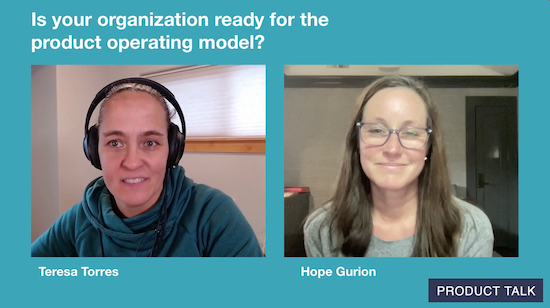
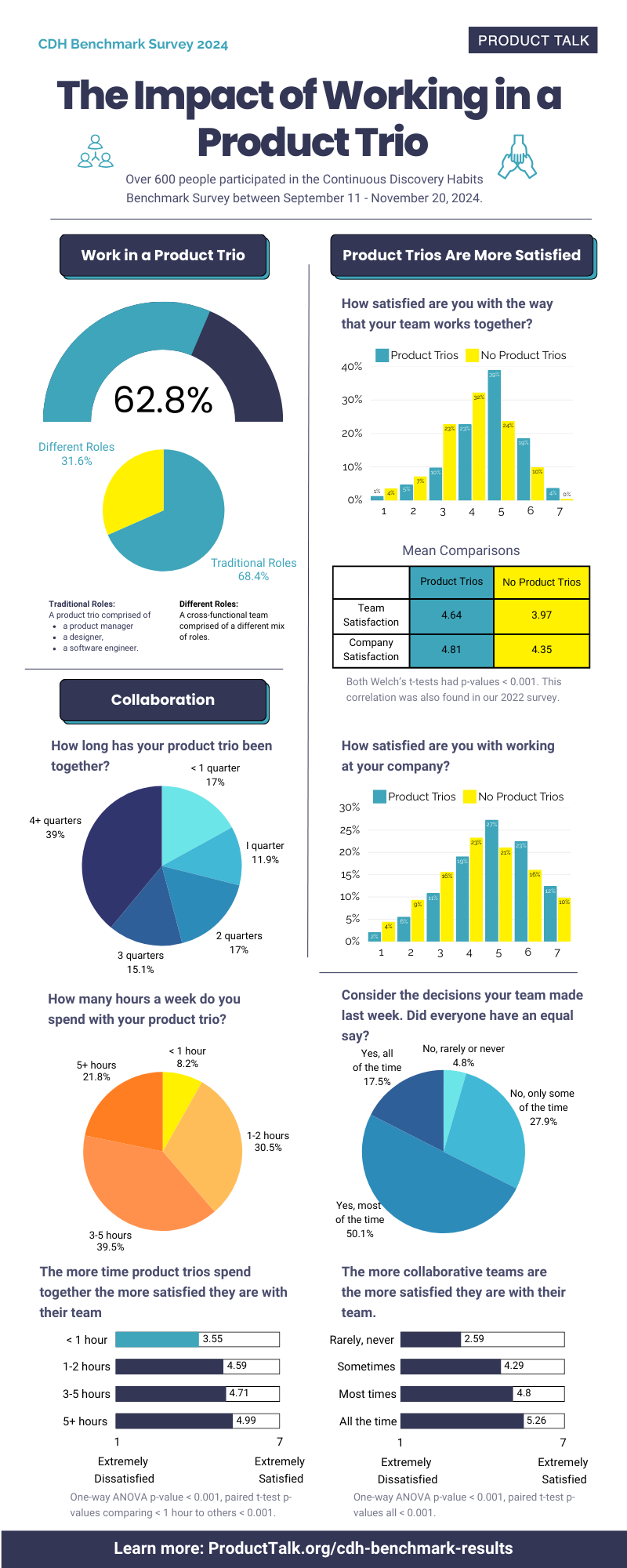











![Building A Digital PR Strategy: 10 Essential Steps for Beginners [With Examples]](https://buzzsumo.com/wp-content/uploads/2023/09/Building-A-Digital-PR-Strategy-10-Essential-Steps-for-Beginners-With-Examples-bblog-masthead.jpg)














![How to Use GA4 to Track Social Media Traffic: 6 Questions, Answers and Insights [VIDEO]](https://www.orbitmedia.com/wp-content/uploads/2023/06/ab-testing.png)
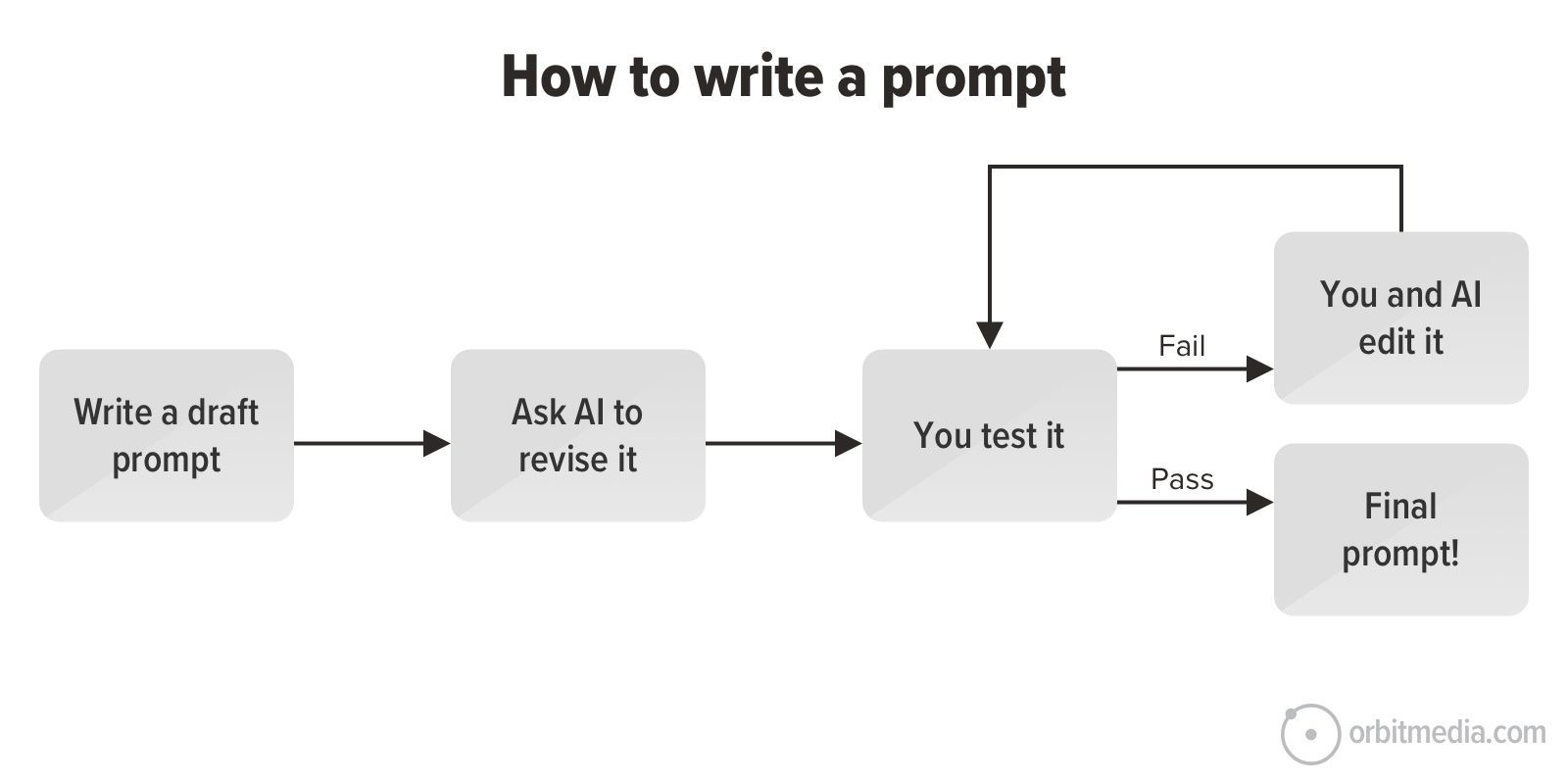


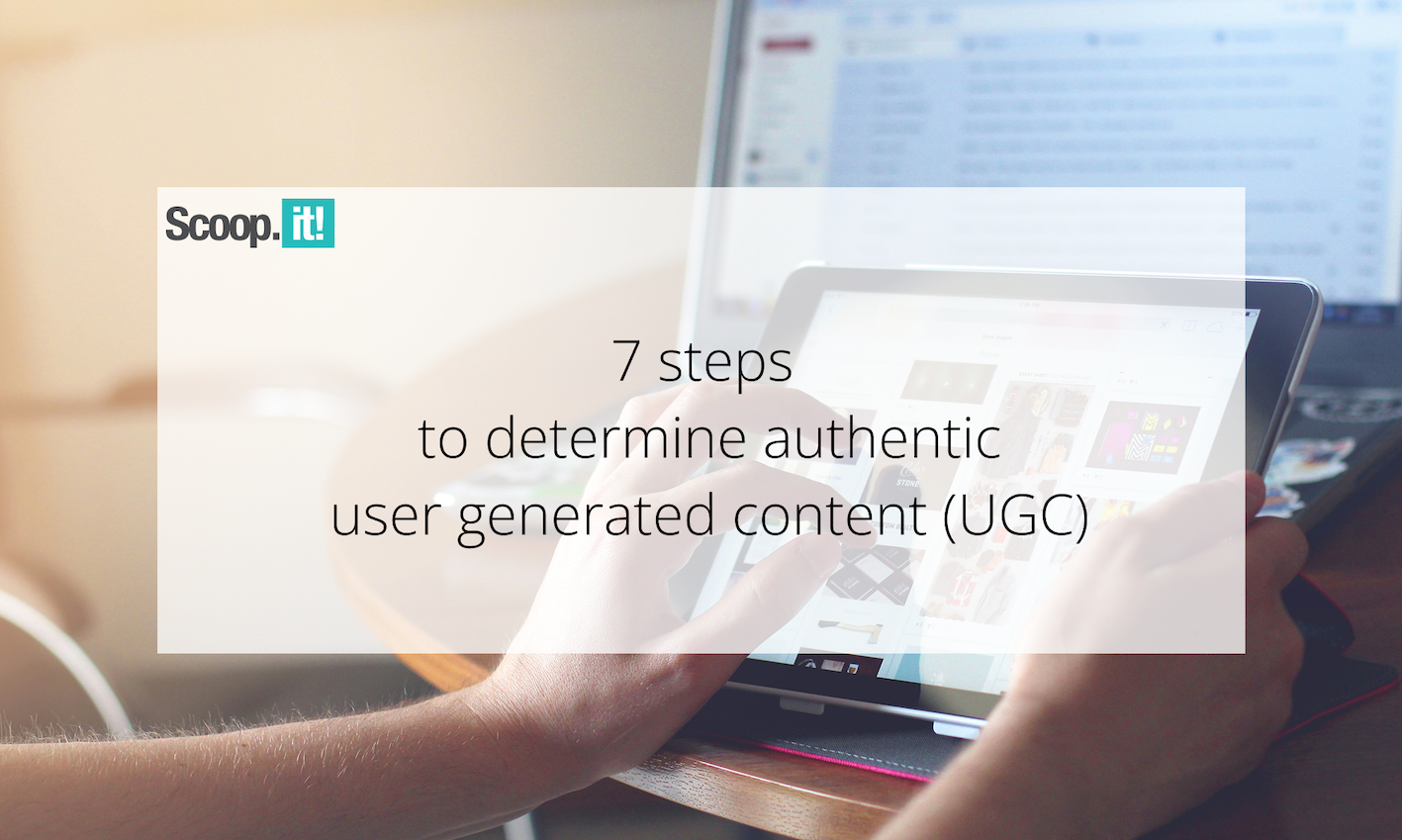





![Technical Sourcer [United Kingdom] at Olo](
https://nodesk.co/remote-companies/assets/logos/olo.e9c56827507b669046f71750846f8032542be84192a2248413f8421b2e5a2769.jpg
)

























